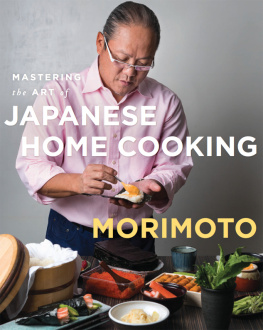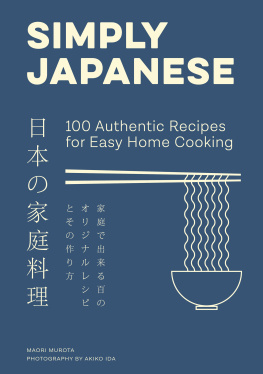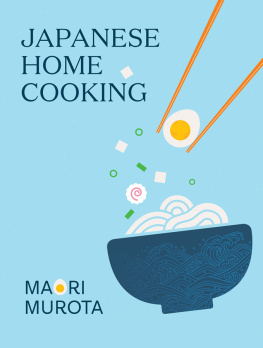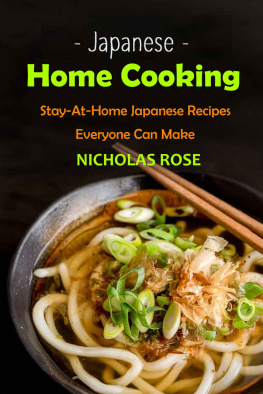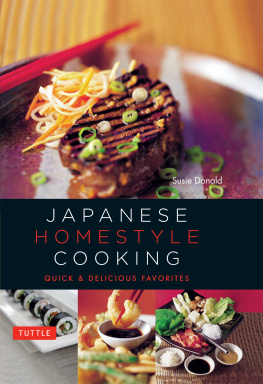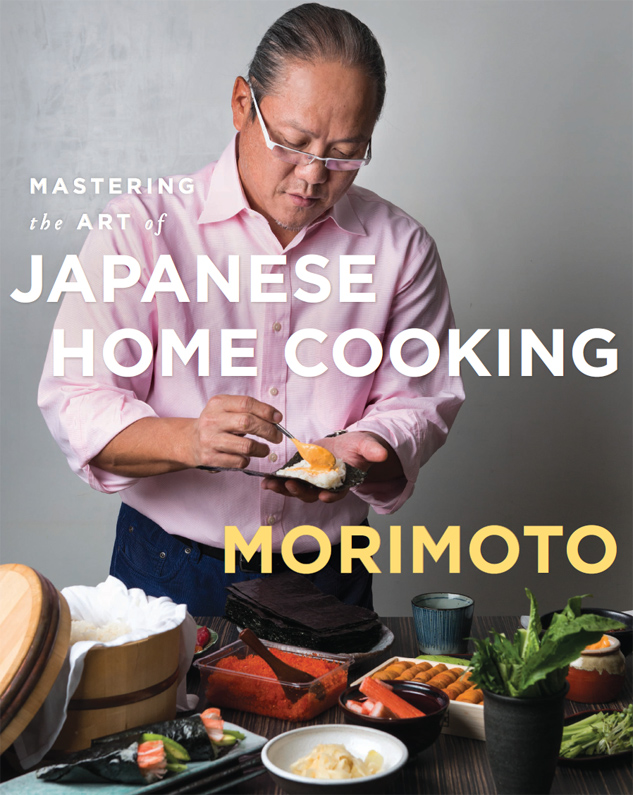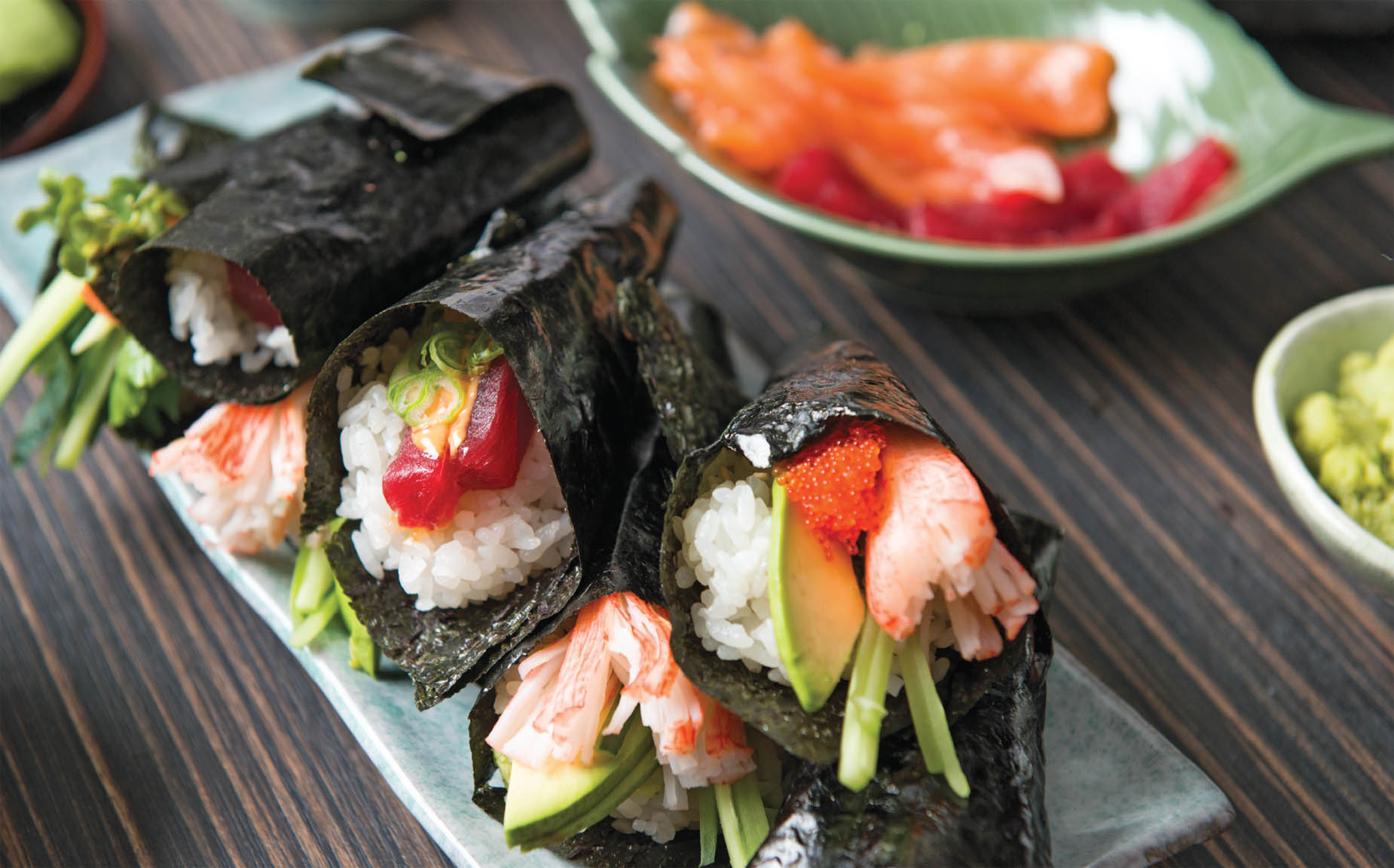Morimoto - Mastering the Art of Japanese Home Cooking
Here you can read online Morimoto - Mastering the Art of Japanese Home Cooking full text of the book (entire story) in english for free. Download pdf and epub, get meaning, cover and reviews about this ebook. City: Lieu de publication non identifié, year: 2016, publisher: HarperCollins, genre: Home and family. Description of the work, (preface) as well as reviews are available. Best literature library LitArk.com created for fans of good reading and offers a wide selection of genres:
Romance novel
Science fiction
Adventure
Detective
Science
History
Home and family
Prose
Art
Politics
Computer
Non-fiction
Religion
Business
Children
Humor
Choose a favorite category and find really read worthwhile books. Enjoy immersion in the world of imagination, feel the emotions of the characters or learn something new for yourself, make an fascinating discovery.
- Book:Mastering the Art of Japanese Home Cooking
- Author:
- Publisher:HarperCollins
- Genre:
- Year:2016
- City:Lieu de publication non identifié
- Rating:5 / 5
- Favourites:Add to favourites
- Your mark:
Mastering the Art of Japanese Home Cooking: summary, description and annotation
We offer to read an annotation, description, summary or preface (depends on what the author of the book "Mastering the Art of Japanese Home Cooking" wrote himself). If you haven't found the necessary information about the book — write in the comments, we will try to find it.
The revered Iron Chef shows how to make flavorful, exciting traditional Japanese meals at home in this beautiful cookbook that is sure to become a classic, featuring a carefully curated selection of fantastic recipes and more than 150 color photos.
Japanese cuisine has an intimidating reputation that has convinced most home cooks that its beloved preparations are best left to the experts. But legendary chef Masaharu Morimoto, owner of the wildly popular Morimoto restaurants, is here to change that. In Mastering the Art of Japanese Home Cooking, he introduces readers to the healthy, flavorful, surprisingly simple dishes favored by Japanese home cooks.
Chef Morimoto reveals the magic of authentic Japanese foodthe way that building a pantry of half a dozen easily accessible ingredients allows home cooks access to hundreds of delicious recipes, empowering them to adapt and create their own inventions. From revelatory renditions of classics like miso soup,...
Morimoto: author's other books
Who wrote Mastering the Art of Japanese Home Cooking? Find out the surname, the name of the author of the book and a list of all author's works by series.

